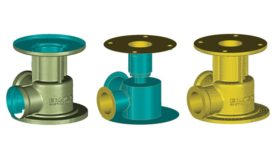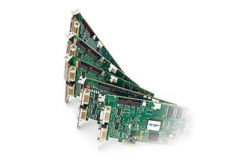Home » Keywords: » raw images
Items Tagged with 'raw images'
ARTICLES
Vision & Sensors - 101
Who Needs Frame Grabbers, Anyway?
Originally developed to acquire raw images from analog machine vision cameras, frame grabbers were once expected to be replaced by direct-to-PC technologies. Experience has, however, been otherwise.
March 5, 2013
Get our new eMagazine delivered to your inbox every month.
Stay in the know with Quality’s comprehensive coverage of the manufacturing and metrology industries.
SIGN UP TODAY!Copyright ©2024. All Rights Reserved BNP Media.
Design, CMS, Hosting & Web Development :: ePublishing

